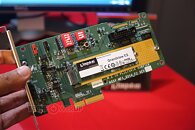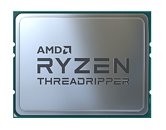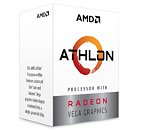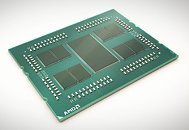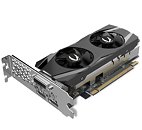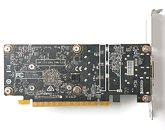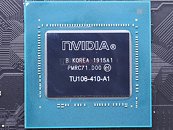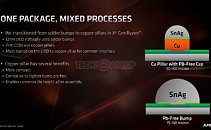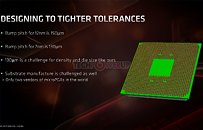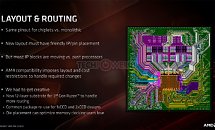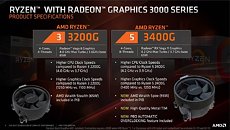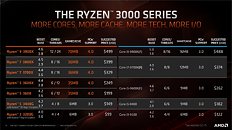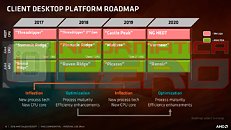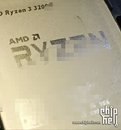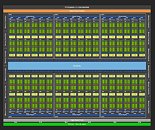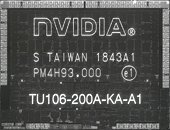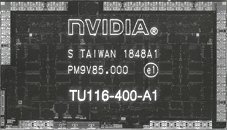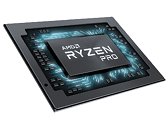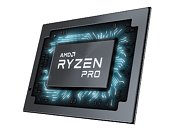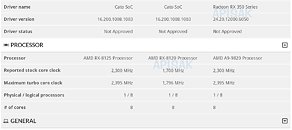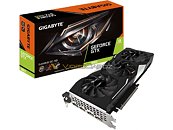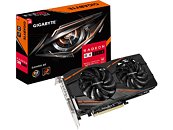
Kingston Teases "Grandview," its Upcoming Mid-range PCIe 4.0 M.2 SSD, and Current-Gen "Seccos"
Kingston at the 2020 International CES shows us their upcoming mid-range M.2 NVMe SSD that has the latest PCI-Express 4.0 x4 host interface and NVMe 1.4 protocol, codenamed "Grandview." Later this year, this drive will be launched as a high cost-performance product under the company's marquee or HyperX brand. Available in capacities ranging between 500 GB and 2 TB, the drive is powered by Marvell "Whistler Plus" 12 nm controller that has 4 flash channels, and 1.2 GT/s per channel bandwidth. They wouldn't tell us if it's TLC or QLC NAND flash in use, or the manufacturer-rated performance numbers. The PCIe to M.2 adapter in these pictures will not be part of the package.
Also on display was "Seccos," their new PCI-Express 3.0 x4 drive that uses an unnamed 8-channel controller (likely Marvell), and 3D TLC NAND flash, with capacities ranging between 250 GB to 2 TB. Kingston put out some CDM numbers for the 1 TB model of Seccos: 3,449 MB/s sequential reads, and 2,839 MB/s sequential writes. The manufacturer-rates performance numbers are up to 3,500 MB/s reads, and up to 3,000 MB/s writes.
Also on display was "Seccos," their new PCI-Express 3.0 x4 drive that uses an unnamed 8-channel controller (likely Marvell), and 3D TLC NAND flash, with capacities ranging between 250 GB to 2 TB. Kingston put out some CDM numbers for the 1 TB model of Seccos: 3,449 MB/s sequential reads, and 2,839 MB/s sequential writes. The manufacturer-rates performance numbers are up to 3,500 MB/s reads, and up to 3,000 MB/s writes.
